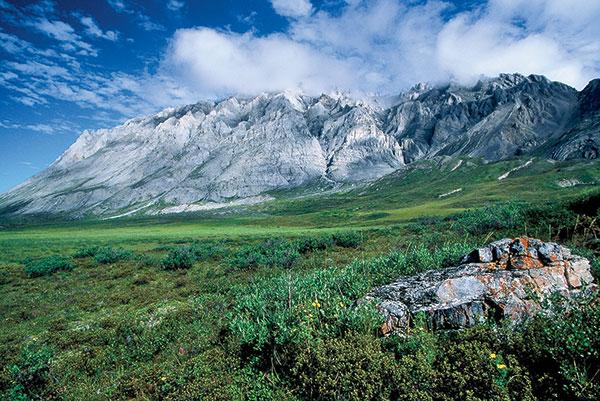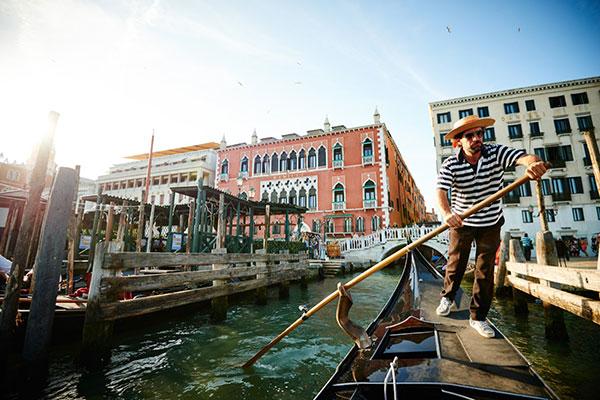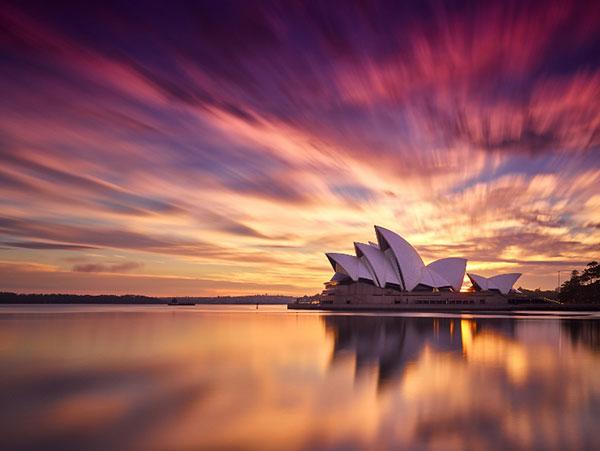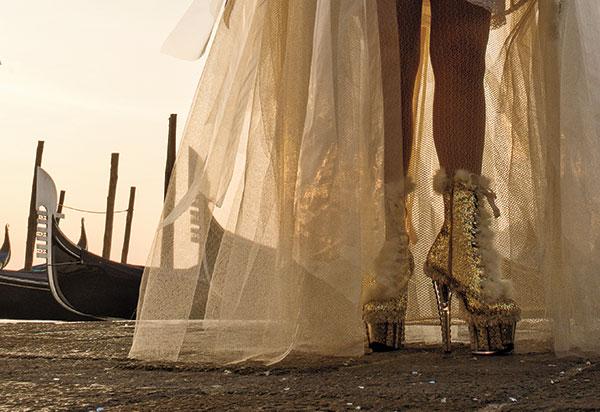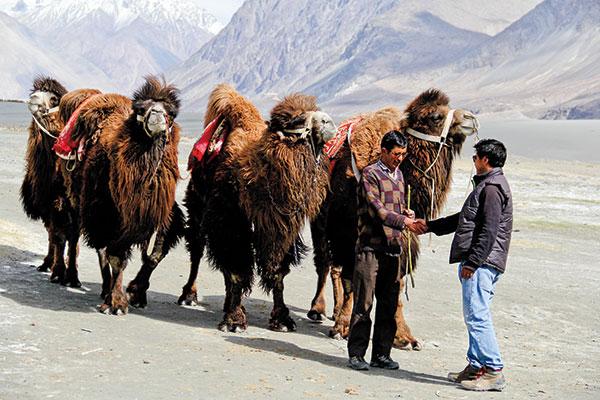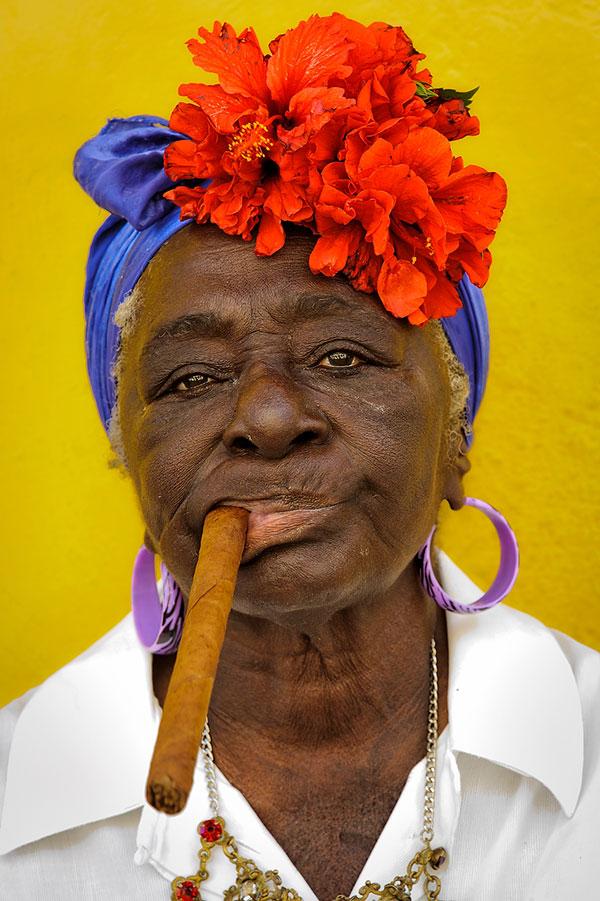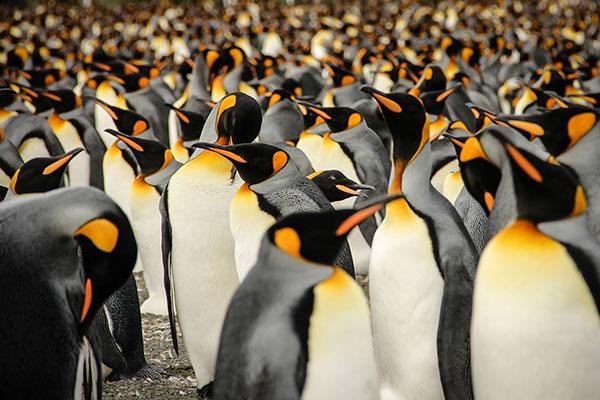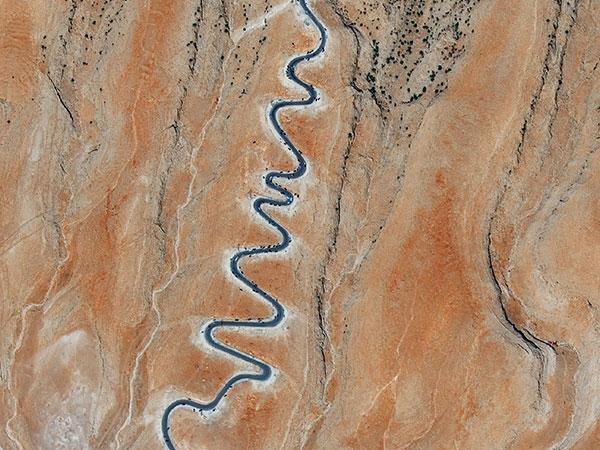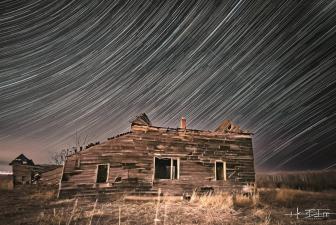|
Jul 01, 2015 |
|
Jun 17, 2015 |
|
Jun 16, 2015 |
|
Jun 15, 2015 |
|
May 08, 2015 |
|
Apr 07, 2015 |
|
Mar 06, 2015 |
|
Feb 20, 2015 |
|
Feb 18, 2015 |
|
Dec 26, 2014 |
|
Dec 22, 2014 |
|
Dec 18, 2014 |
|
Dec 10, 2014 |

